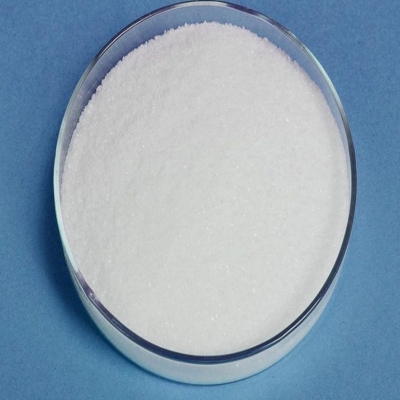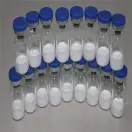The new method will help determine whether anti-cancer targeting drugs can be targeted
-
Last Update: 2021-02-15
-
Source: Internet
-
Author: User
Search more information of high quality chemicals, good prices and reliable suppliers, visit
www.echemi.com
target drug delivery system can retain healthy tissue around tumors, which is important for effective cancer treatment, but this method only works when targeted in drugs. A team of researchers at Northwestern University has developed a new method that can determine whether a drug can hit a target by analyzing the motion patterns of the drug's nanoparticles in real time.
the medical community has long been looking for alternatives to traditional cancer treatments such as chemotherapy. Chemotherapy and radiotherapy, in addition to damaging diseased cells, can damage healthy tissue and cause painful and even dangerous side effects. Targeted drug delivery systems can deliver drugs directly to the lesions, with fewer side effects than traditional treatments. However, the problem with targeted drug delivery systems is that when drug-carrying nanoparticles enter the body, binding to proteins hinders the targeting ability of nanoparticles.
In a new issue of the journal American Chemical Society Nano, the researchers report that by studying the star-shaped gold nanoparticles used to carry drugs on cancer cell membranes, they found that the nanoparticles moved more widely and rotated faster, maintaining their unique signature motion even when surrounded by proteins, indicating that their targeting ability was not inhibited.
Star-shaped gold nanoparticles are a new treatment for cancer. Previous studies have shown that particles of metal or other materials can be sent to a tumor, which is then manipulated by a laser or magnetic field, and eventually destroyed by heating malignant tumor cells. A multi-pointed star can produce higher temperatures than sperk particles.
Terri Odom, a professor of chemistry at Northwestern University who led the study, said the information could be used in the future to compare the properties of different nanoparticles, such as particle size and shape, and to improve the function of nanoparticles as targeted drug carriers and conveyors. Odom's team is currently screening engineered nanoparticles to determine whether their targeting function can be preserved in the presence of adsorbent proteins.
(
. Xinhua
)
This article is an English version of an article which is originally in the Chinese language on echemi.com and is provided for information purposes only.
This website makes no representation or warranty of any kind, either expressed or implied, as to the accuracy, completeness ownership or reliability of
the article or any translations thereof. If you have any concerns or complaints relating to the article, please send an email, providing a detailed
description of the concern or complaint, to
service@echemi.com. A staff member will contact you within 5 working days. Once verified, infringing content
will be removed immediately.







